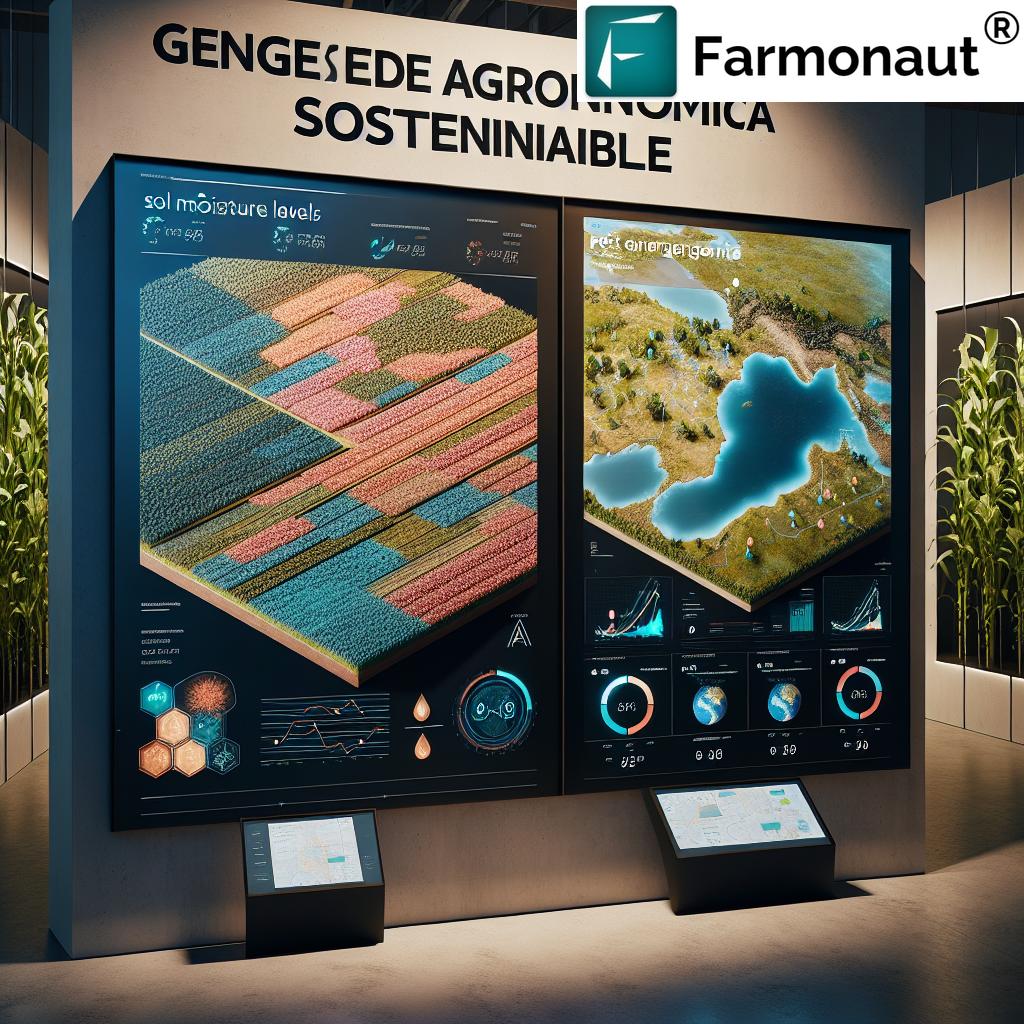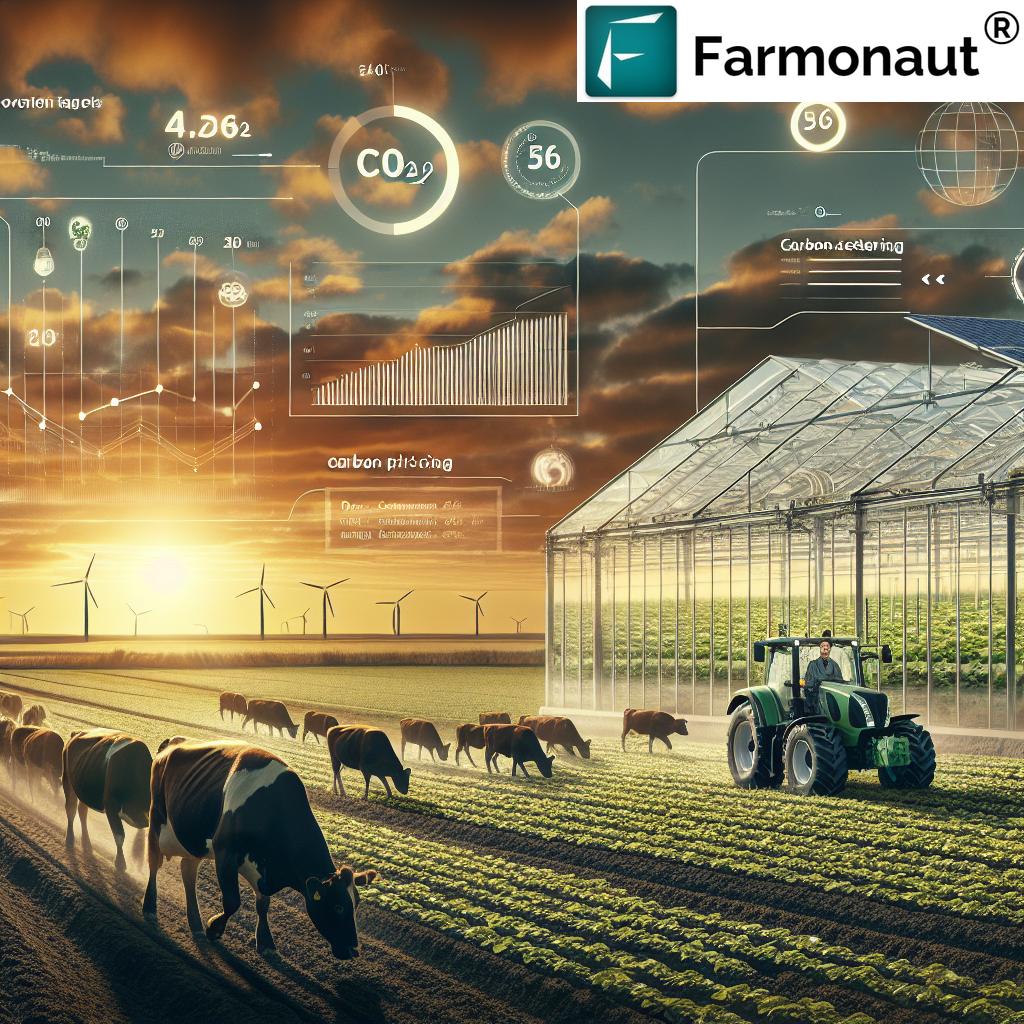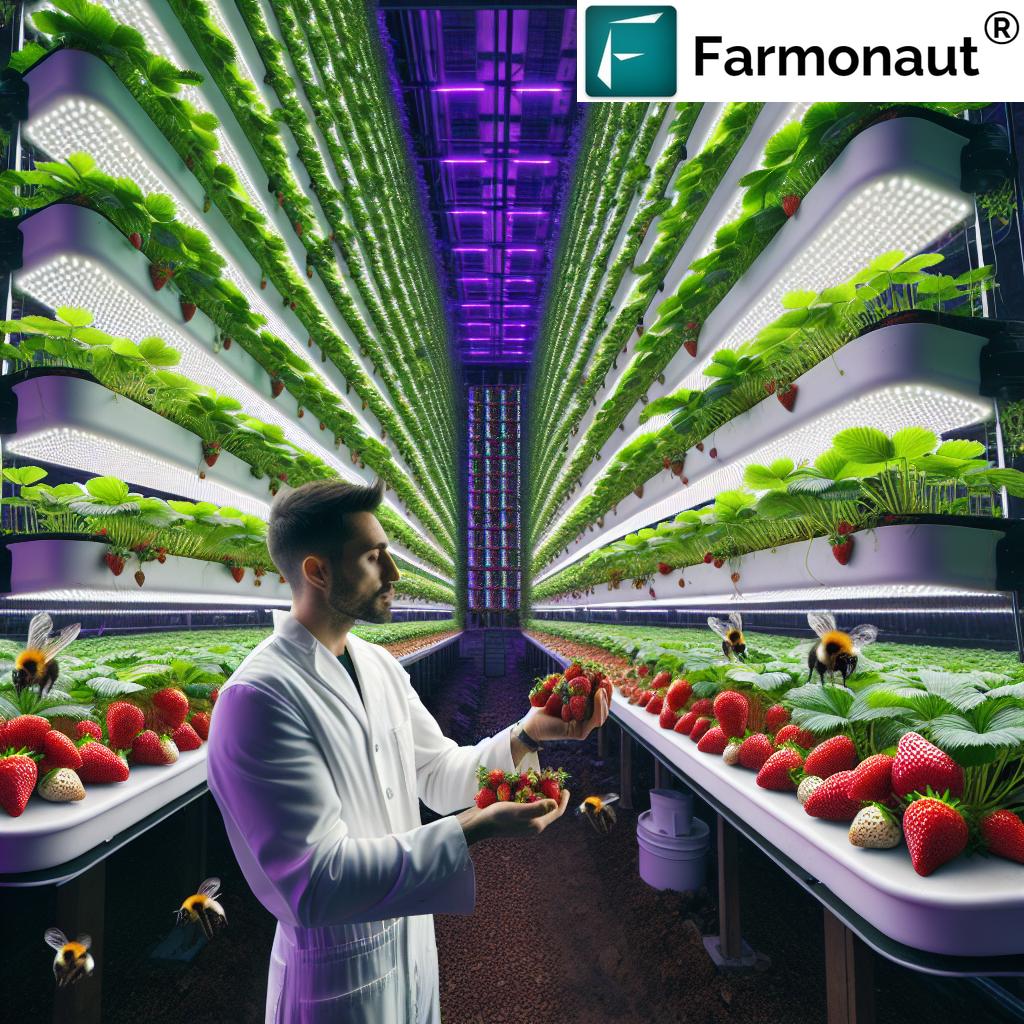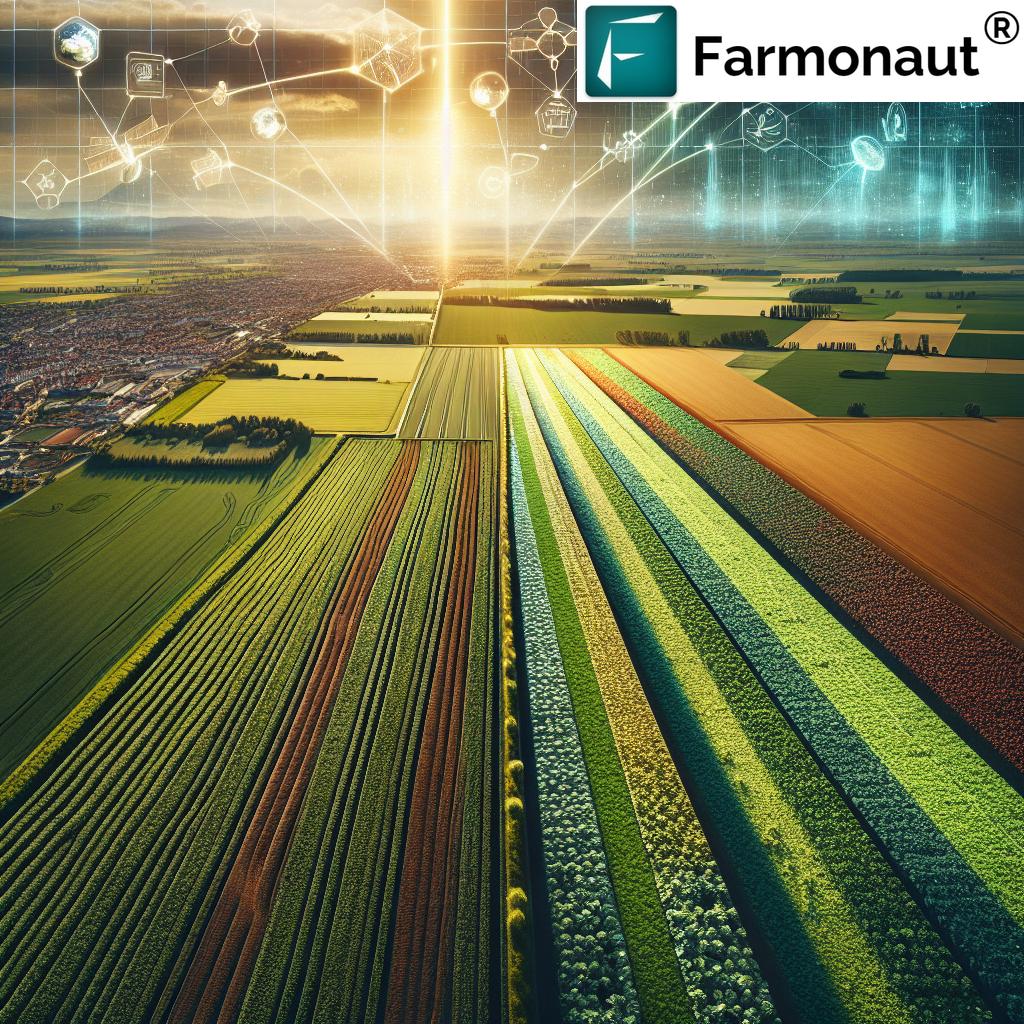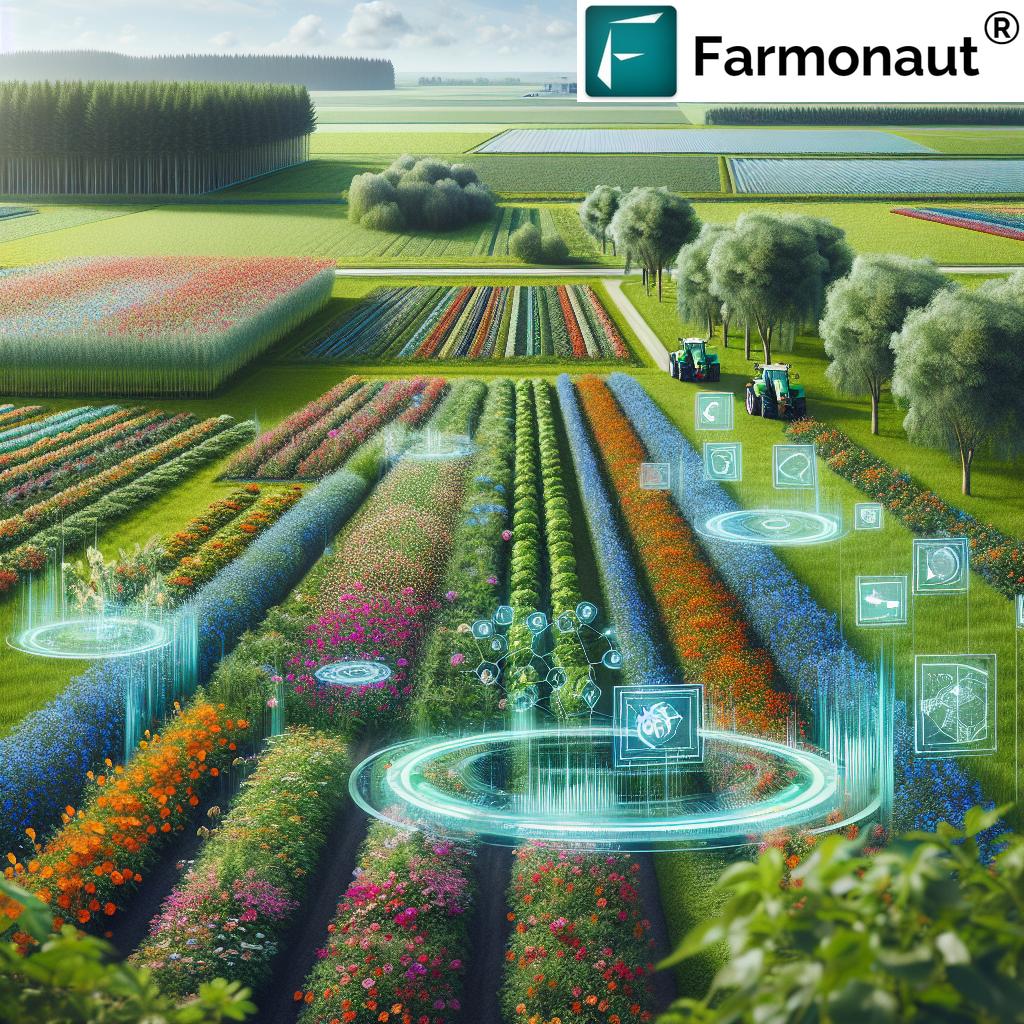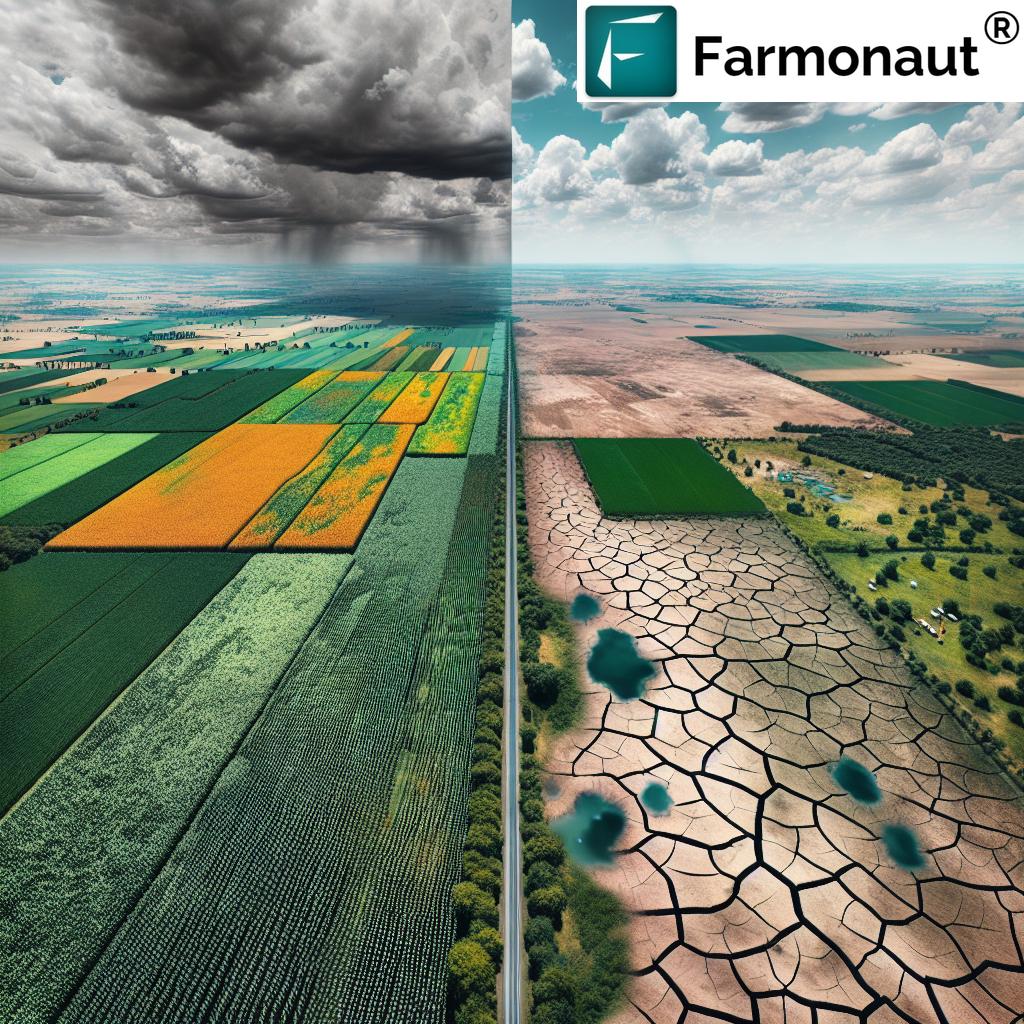Climate Change Crisis: How Austrian Fruit Farmers Are Adapting to Extreme Weather and Declining Harvests
“Austria’s fruit-bearing trees have decreased by 88% from 35 million in 1930 to 4.2 million in 2020.”
As we delve into the heart of Austria’s fruit farming landscape, we’re confronted with a stark reality that echoes the global climate change crisis. The once-thriving orchards of Vienna and its surrounding regions are facing unprecedented challenges, forcing farmers to adapt or risk losing their livelihoods. In this comprehensive exploration, we’ll uncover the dramatic impact of climate change on Austrian fruit farming and discuss innovative solutions that are helping farmers weather the storm.
The Decline of Austrian Fruit Trees: A Sobering Reality
The numbers are alarming. In just 90 years, Austria has witnessed a staggering 88% decrease in fruit-bearing trees. This decline isn’t just a statistic; it’s a reflection of the changing face of agriculture in a country known for its lush orchards and bountiful harvests. Let’s break down the factors contributing to this crisis:
- Extreme Weather Events: Winter frosts, scorching summer temperatures, and unpredictable rainfall patterns have become the new normal.
- Water Shortages: Prolonged drought periods are putting immense stress on fruit trees, particularly in regions like Vienna where water management is becoming increasingly critical.
- Agricultural Productivity Challenges: The combination of climate-related factors has led to a significant reduction in crop yields and quality.
To better understand the scope of these changes, let’s look at a comparison of fruit farming conditions in Austria between 1930 and 2020:
| Metric | 1930 | 2020 |
|---|---|---|
| Total Fruit-Bearing Trees (in millions) | 35 | 4.2 |
| Average Annual Temperature (°C) | 8.5 | 10.5 |
| Frequency of Extreme Weather Events (per year) | 2 | 8 |
| Agricultural Productivity Index (base 100 in 1930) | 100 | 85 |
| Water Availability Index (base 100 in 1930) | 100 | 75 |
| Fruit-Growing Area (in hectares) | 150,000 | 129,000 |
This table paints a clear picture of the challenges facing Austrian fruit farmers. The dramatic reduction in fruit-bearing trees, coupled with rising temperatures and more frequent extreme weather events, has created a perfect storm for the industry.
The Impact on Specific Fruit Crops
The climate change crisis isn’t affecting all fruit crops equally. Let’s examine how different fruits are faring in this changing landscape:
- Apples: As Austria’s most significant fruit crop, apples have shown resilience but are still vulnerable to late spring frosts and summer heat waves.
- Pears: These trees are particularly susceptible to winter frost damage and have seen a notable decline in productivity.
- Cherries: Early-blooming cherry trees are at high risk from unexpected spring frosts, leading to significant crop losses in recent years.
- Apricots: The famous Wachau apricots are facing challenges due to irregular weather patterns affecting bloom and fruit set.
- Peaches and Nectarines: These stone fruits are struggling with increased pest pressure due to milder winters.
- Strawberries: While not tree fruits, strawberry cultivation has been affected by unpredictable rainfall and extreme temperature fluctuations.
The diversity of Austria’s fruit production is under threat, with each crop facing its own set of climate-related challenges. This situation calls for innovative solutions and adaptive strategies to ensure the future of fruit farming in the region.
Sustainable Orchard Management: A Path Forward
In the face of these challenges, Austrian fruit farmers are not standing idle. They’re embracing sustainable orchard management practices to adapt to the changing climate. Here are some key strategies being implemented:
- Water Management: Implementing efficient irrigation systems and water retention techniques to combat drought stress.
- Soil Health: Focusing on organic matter content and soil structure to improve water retention and nutrient availability.
- Integrated Pest Management: Adopting biological control methods and pheromone disruption to reduce reliance on chemical pesticides.
- Canopy Management: Optimizing tree structure to improve light penetration and air circulation, reducing disease pressure.
These practices not only help mitigate the impacts of climate change but also contribute to more sustainable and resilient fruit production systems.
“Austria’s fruit-growing area shrunk by 14% between 2017 and 2023, highlighting rapid climate change impacts.”
Embracing Drought-Resistant Fruit Varieties
One of the most promising avenues for adapting to climate change is the development and adoption of drought-resistant fruit varieties. Austrian agricultural scientists are working tirelessly to breed new cultivars that can thrive in warmer, drier conditions. Some notable developments include:
- Heat-tolerant apple varieties with improved water-use efficiency
- Pear cultivars with enhanced resistance to fire blight, a disease exacerbated by climate change
- Cherry varieties with later bloom times to avoid spring frost damage
By incorporating these new varieties into their orchards, farmers can reduce their vulnerability to extreme weather events and ensure more consistent yields.
Precision Agriculture: A Game-Changer for Fruit Growers
In the digital age, precision agriculture technologies are proving to be invaluable tools for fruit farmers facing climate challenges. These advanced solutions allow for more efficient resource use and better decision-making. Here’s how precision agriculture is making a difference:
- Satellite-Based Crop Monitoring: Using platforms like Farmonaut to track crop health and stress levels in real-time.
- Weather Forecasting: Leveraging hyperlocal weather data to anticipate and prepare for extreme events.
- Soil Moisture Sensors: Optimizing irrigation schedules based on precise soil moisture measurements.
- Drone Technology: Conducting aerial surveys to assess tree health and detect issues early.
These technologies enable farmers to make data-driven decisions, reducing waste and maximizing productivity in the face of challenging conditions.
Adapting Fruit Cultivation Practices to Climate Change
As temperatures continue to rise and weather patterns become more erratic, Austrian fruit farmers are adapting their cultivation practices to ensure the sustainability of their orchards. Some key adaptations include:
- Shifting Planting Zones: Moving fruit cultivation to higher elevations or cooler regions to mitigate heat stress.
- Adjusting Pruning Techniques: Modifying pruning practices to protect trees from sunburn and improve water conservation.
- Cover Cropping: Implementing cover crops to improve soil health, reduce erosion, and increase water retention.
- Frost Protection Methods: Investing in frost fans, sprinkler systems, and other protective measures to safeguard blooms from late frosts.
These adaptations require significant investment and knowledge, but they are crucial for the long-term viability of fruit farming in Austria.
The Role of Technology in Fruit Farming Adaptation
Technology is playing a pivotal role in helping Austrian fruit farmers adapt to climate change. Innovative solutions are empowering farmers to make informed decisions and optimize their operations. Here’s how technology is making a difference:
- AI-Powered Advisory Systems: Platforms like Farmonaut’s Jeevn AI provide personalized recommendations based on real-time data analysis.
- Blockchain for Traceability: Implementing blockchain technology to ensure transparency and build consumer trust in the face of changing production conditions.
- Remote Sensing: Utilizing satellite imagery to monitor large orchards efficiently and detect issues before they become critical.
By leveraging these technologies, fruit farmers can stay ahead of climate-related challenges and maintain their competitive edge in the market.
Water Management in Orchards: A Critical Adaptation Strategy
As water scarcity becomes an increasingly pressing issue, effective water management in orchards is crucial for the survival of Austria’s fruit farming industry. Here are some strategies being implemented:
- Drip Irrigation: Installing precise, water-efficient drip systems to deliver water directly to tree roots.
- Rainwater Harvesting: Collecting and storing rainwater for use during dry periods.
- Soil Moisture Monitoring: Using sensors to track soil moisture levels and optimize irrigation schedules.
- Deficit Irrigation: Strategically reducing water application during specific growth stages to improve fruit quality without significantly impacting yield.
These water management techniques not only help farmers adapt to drought conditions but also contribute to overall water conservation efforts in the region.
The Future of Fruit Farming in Austria: Challenges and Opportunities
As we look to the future, it’s clear that Austrian fruit farmers face significant challenges. However, with these challenges come opportunities for innovation and growth. Here’s what the future might hold:
- Diversification: Exploring new fruit varieties and cropping systems that are better suited to changing climate conditions.
- Vertical Integration: Developing value-added products to increase profitability and reduce reliance on fresh market sales.
- Agritourism: Leveraging Austria’s rich agricultural heritage to create new revenue streams through farm visits and educational programs.
- Collaborative Research: Strengthening partnerships between farmers, researchers, and technology providers to develop climate-resilient farming solutions.
By embracing these opportunities, Austrian fruit farmers can build a more resilient and sustainable industry for future generations.
Conclusion: A Call to Action for Sustainable Fruit Farming
The climate change crisis facing Austrian fruit farmers is a stark reminder of the challenges facing agriculture worldwide. However, the innovative spirit and adaptability demonstrated by these farmers offer hope for a sustainable future. By embracing new technologies, sustainable practices, and collaborative approaches, Austria’s fruit farming industry can not only survive but thrive in the face of climate change.
As consumers, we play a crucial role in supporting these efforts. By choosing locally grown, sustainably produced fruits, we can help ensure the viability of Austrian orchards for generations to come. Let’s work together to cultivate a resilient and fruitful future for Austria’s agricultural heritage.
FAQ Section
- Q: How has climate change affected fruit farming in Austria?
A: Climate change has led to a significant decline in fruit-bearing trees, from 35 million in 1930 to 4.2 million in 2020. Extreme weather events, water shortages, and rising temperatures have reduced agricultural productivity and fruit-growing areas. - Q: What are some sustainable orchard management practices being adopted?
A: Austrian farmers are implementing efficient water management systems, focusing on soil health, adopting integrated pest management, and optimizing canopy management to improve resilience against climate challenges. - Q: How are drought-resistant fruit varieties helping?
A: New cultivars with improved heat tolerance and water-use efficiency are being developed and adopted. These varieties can better withstand warmer, drier conditions, ensuring more consistent yields. - Q: What role does precision agriculture play in adapting to climate change?
A: Precision agriculture technologies like satellite-based crop monitoring, weather forecasting, and soil moisture sensors enable farmers to make data-driven decisions, optimize resource use, and respond quickly to changing conditions. - Q: How are Austrian fruit farmers adapting their cultivation practices?
A: Farmers are shifting planting zones, adjusting pruning techniques, implementing cover cropping, and investing in frost protection methods to adapt to changing climate conditions.
For more information on how technology can support sustainable fruit farming practices, visit Farmonaut’s web application or explore their API solutions. You can also download the Farmonaut app for Android or iOS to access cutting-edge farm management tools.
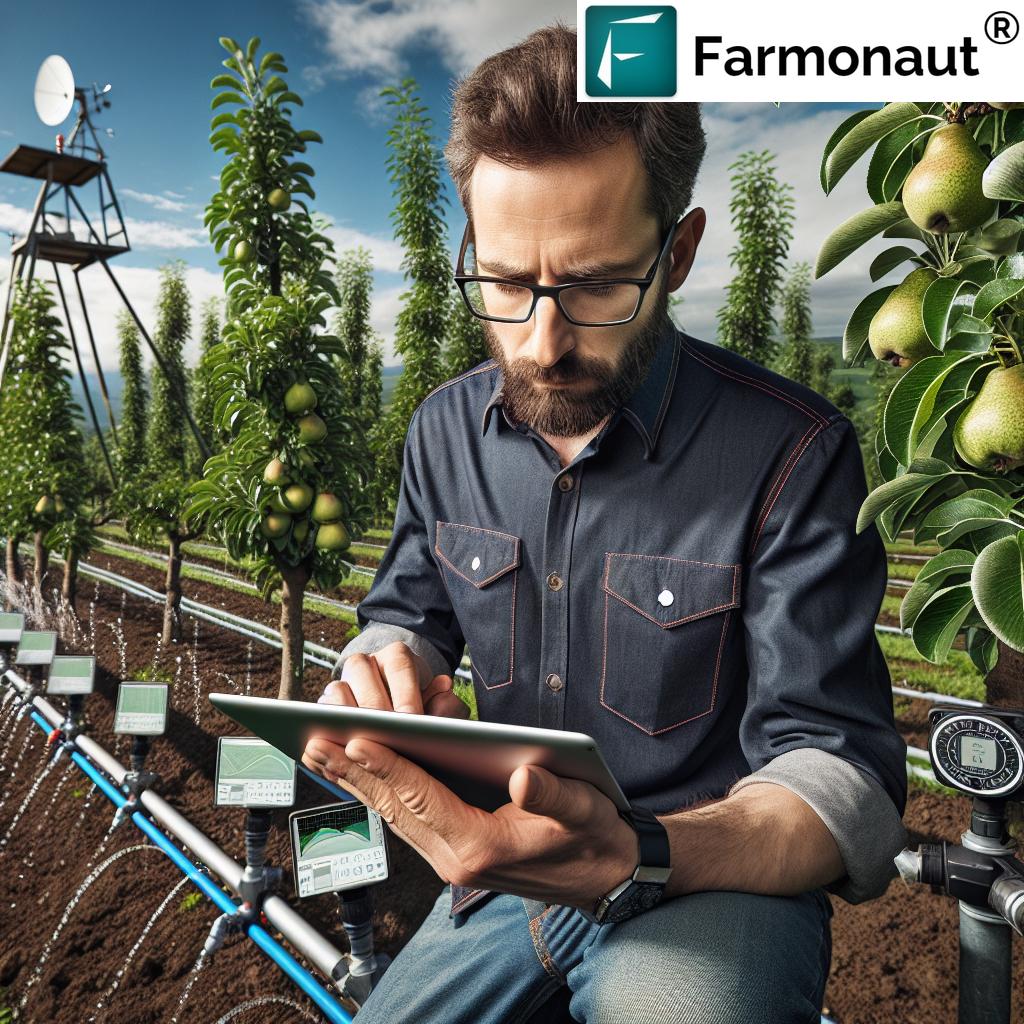
Together, we can support Austrian fruit farmers in their journey towards sustainable and resilient agriculture in the face of climate change. By leveraging innovative technologies and adopting adaptive strategies, the future of fruit farming in Austria can remain fruitful and vibrant for generations to come.



